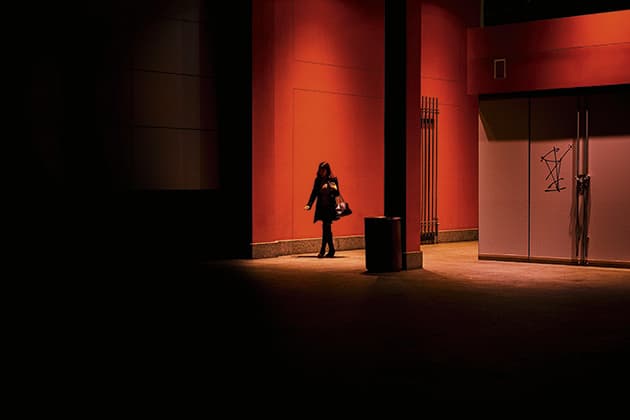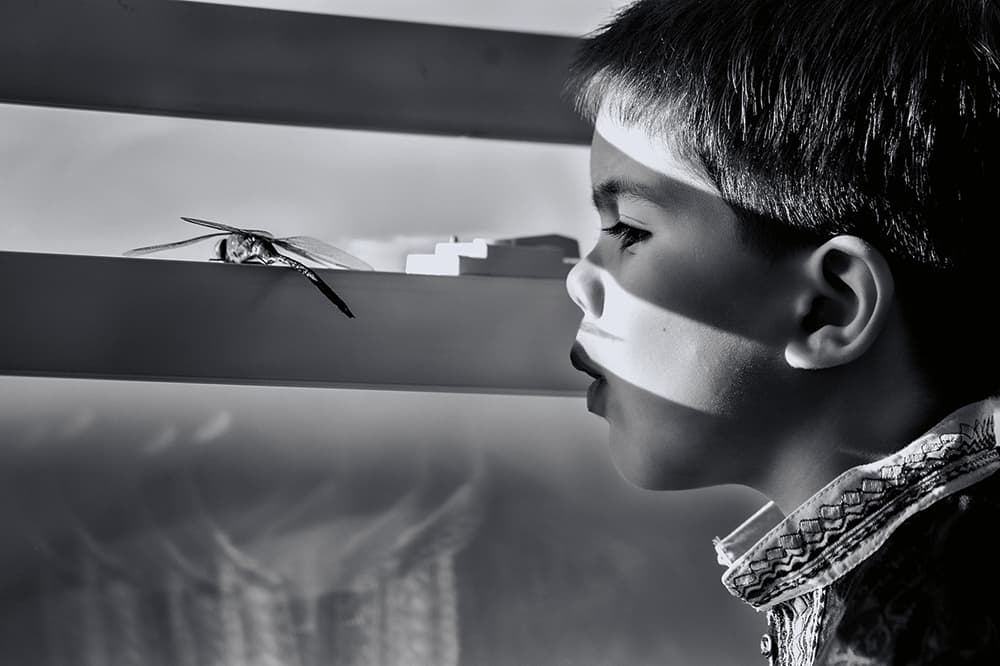
Kenneth Greene (USA)
While photography platforms such as Instagram and Flickr are a great way to get your images out into the world, the prevalence of photographers uploading their work can often mean your photographs get lost in the binary mists of the digital ether. That is unless you’re particularly adept at the exhausting admin of social media and self-promotion. One alternative is to enter your shots into a competition – a worthwhile endeavour indeed.
But what if your images either don’t win or don’t make the shortlist? As can be the case with the vast majority of competitions, the images entered disappear into a secret database never to be seen again. Not so with a competition that goes by the name of One Million Photographers (www.onemillionphotographers.com), a platform open to both amateurs and professionals, and set up by Martin Kimchi, a former leveraged finance lawyer and current owner of a small property business. Once Martin switched careers from finance to property, he found he had more time to explore photography, particularly with the birth of his first child and his desire to document those precious early years.
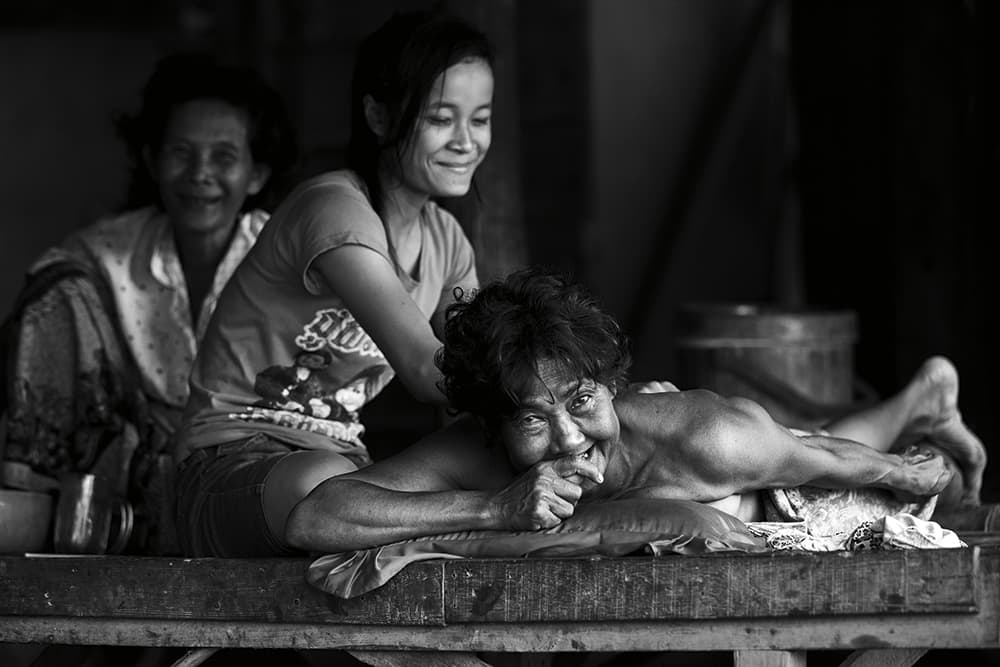
Jamal Al-Nabulsi (Jordan)
‘I was having a look around some of the big online photo competitions, considering a submission, and I noticed a common thread, which was that once uploaded, your image basically disappeared,’ says Martin. ‘You would get an acknowledgement and a thank you, but unless your image was shortlisted or among the winners, it was never going to be seen by anyone else. I’m not saying there’s anything wrong with that – and each contest has to decide how it goes about the huge task of judging, critiquing or filtering entries – but it did make me wonder if there could be a competition where every single entry is always on display. And that’s really how One Million Photographers started, because when we enter a competition we want to see all the other entries just as much as we want our own entry to be seen by others.’

Bonnie Marquette (USA)
This is what Martin calls the gallery element of One Million Photographers, as each submission is assigned its own unique gallery coordinates, marking the space on the virtual walls where that image ‘hangs’. What this really means is that the competition is divided into a series of categories – architecture, nature and wildlife, people, travel, after dark, landscape, abstract and reportage.
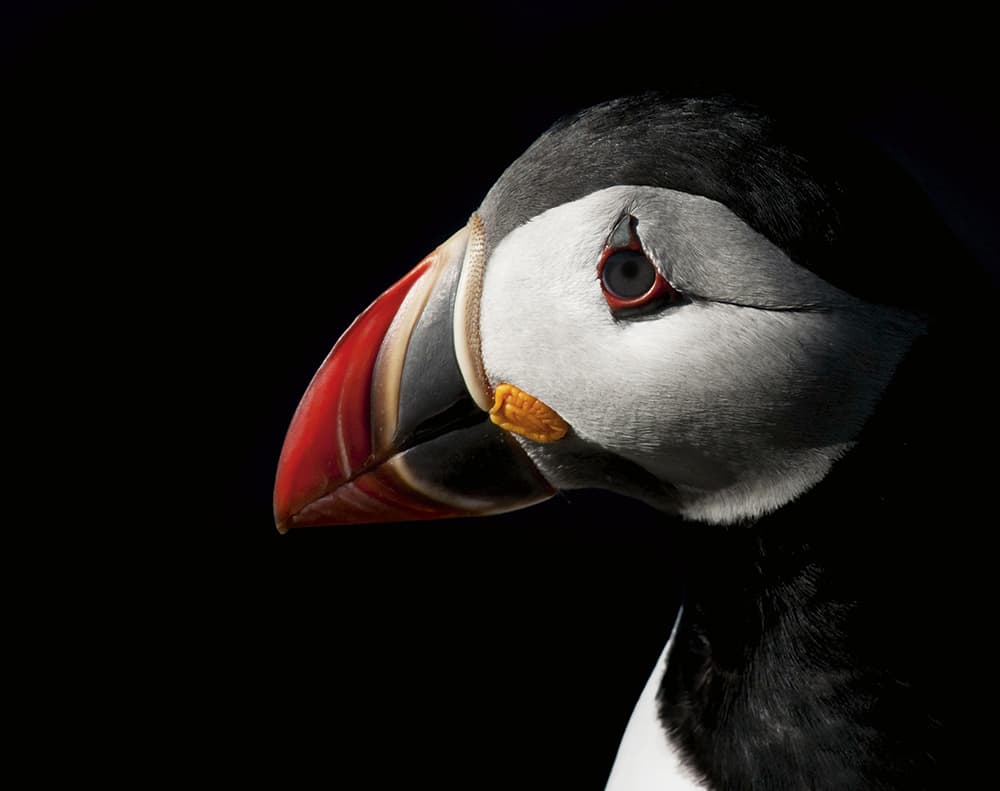
John Moncrieff (UK)
How it works
Visitors to the site will notice something interesting. The first page they are greeted with is a countdown timer with the days, hours, minutes and seconds rolling down to the competition closing date. Just below this is a cash total, which increases with every entry.
‘Against the backdrop of the mission to display every submission, we devised two further aspects to the competition to keep it interesting for our photographers,’ says Martin. ‘The first is the overall grand prize – this is a cash sum that increases each time an image is submitted [entries cost $8 with $1 going to a chosen charity] and is awarded to the highest scoring image as at the closing date. The current prize is around $8,700 and rising. Images accrue points from ‘likes’, ratings, optional downloads (meaning photographers can, if they wish, quickly earn their entry fee back) and from being selected as the editor’s choice. There’s a live countdown to the closing date on our homepage and every image is automatically in the running.’

Lesley-Jo Thompson (UK)
Martin explains that the second competition element is via their regular monthly awards. Currently, they have six prize sponsors from the photography world – including none other than Amateur Photographer – and they each pick a winning image every month from anywhere in the gallery. The result is that someone takes away a photography prize roughly every five days, with prizes including a thinkTANK Photo camera bag; photography business cards from MOO; the suite of Mastering Lightroom ebooks; a box of 50 glossy prints; or perhaps most exciting, a year’s subscription to Amateur Photographer.
Crucially, every image is on an ‘always eligible’ basis: every image in the gallery is always in the running to win something, no matter when they were uploaded. It’s also a nice way for the competition to build a community, with many submitting images regularly and finding inspiration in their fellow photographers’ photos.
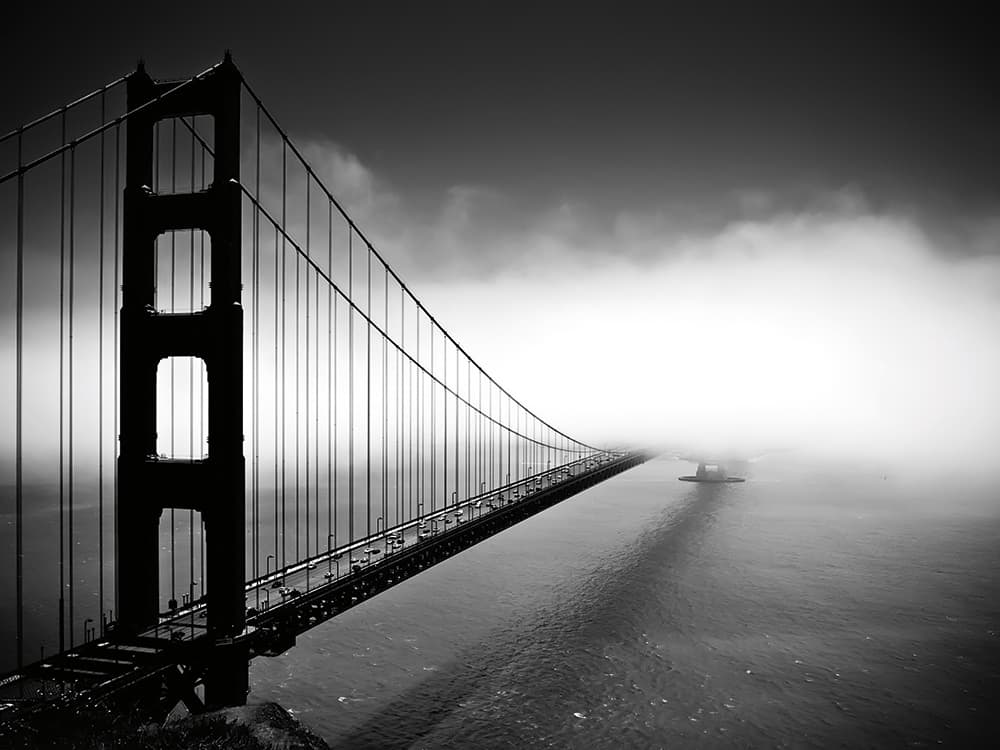
Chester Bullock (USA)
Open to all
One of the most heartening things about photography competitions (One Million Photographers included) is when they are open to both amateurs and professionals. It may seem like an odd thing to highlight (and something we often talk about), but it’s only then that you see how often the lines between the two camps can appear a little diffused.
‘I would definitely say that the line between amateur and professional photographers is becoming increasingly blurred. There’s often an intuitive tendency to regard “pro” as superior and “amateur” as lacking, perhaps because of the dictionary definition of the two words that we all think we know. But with photography being an expressive art, there is nothing unflattering about the “amateur” tag, which really only refers to all of us who don’t make a living from taking pictures,’ explains Martin.

Kelly McCann (UK)
The competition also sees entries from all ages – from teenagers all the way up to photographers in their 50s and 60s. Similarly, the reach is global. While the entries are predominately from the UK, One Million Photographers is also seeing entries from Europe, USA and Australia. Regardless of age or location, Martin feels there are some things that will always stand out in an image.
‘Creativity and technical excellence go a long way,’ says Martin, ‘but ultimately I think the images that best convey a storytelling element are the ones that really stand out. This applies to all genres of photography – after all, images are and always have been agents of storytelling.’
Martin Kimchi’s background is in law, having spent about 13 years as a leveraged finance lawyer in London. However, having left the square Mile around seven years ago to run a small property business, he has gradually had more time for his photography and found time to start the competition and gallery website one Million Photographers (www.onemillionphotographers.com)

